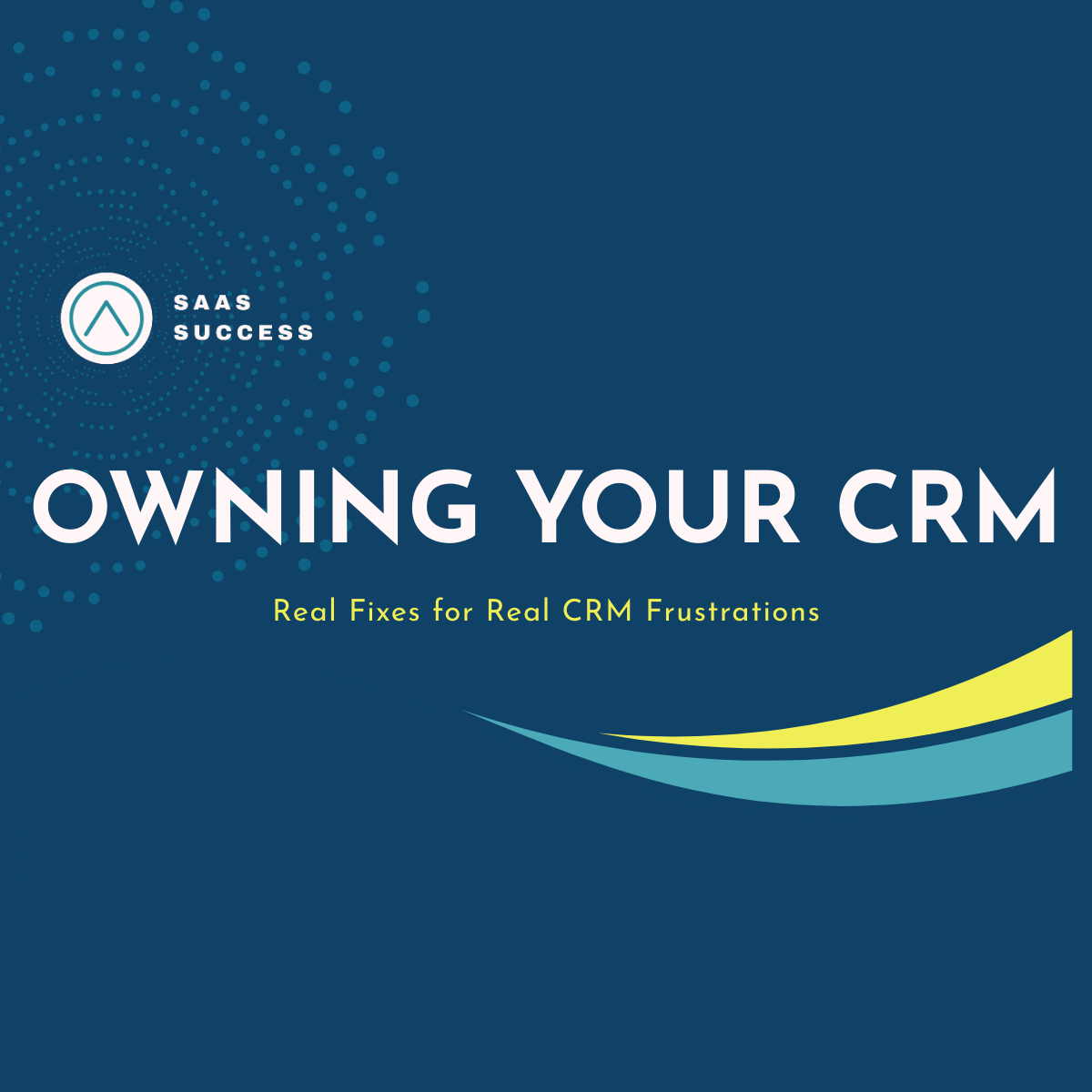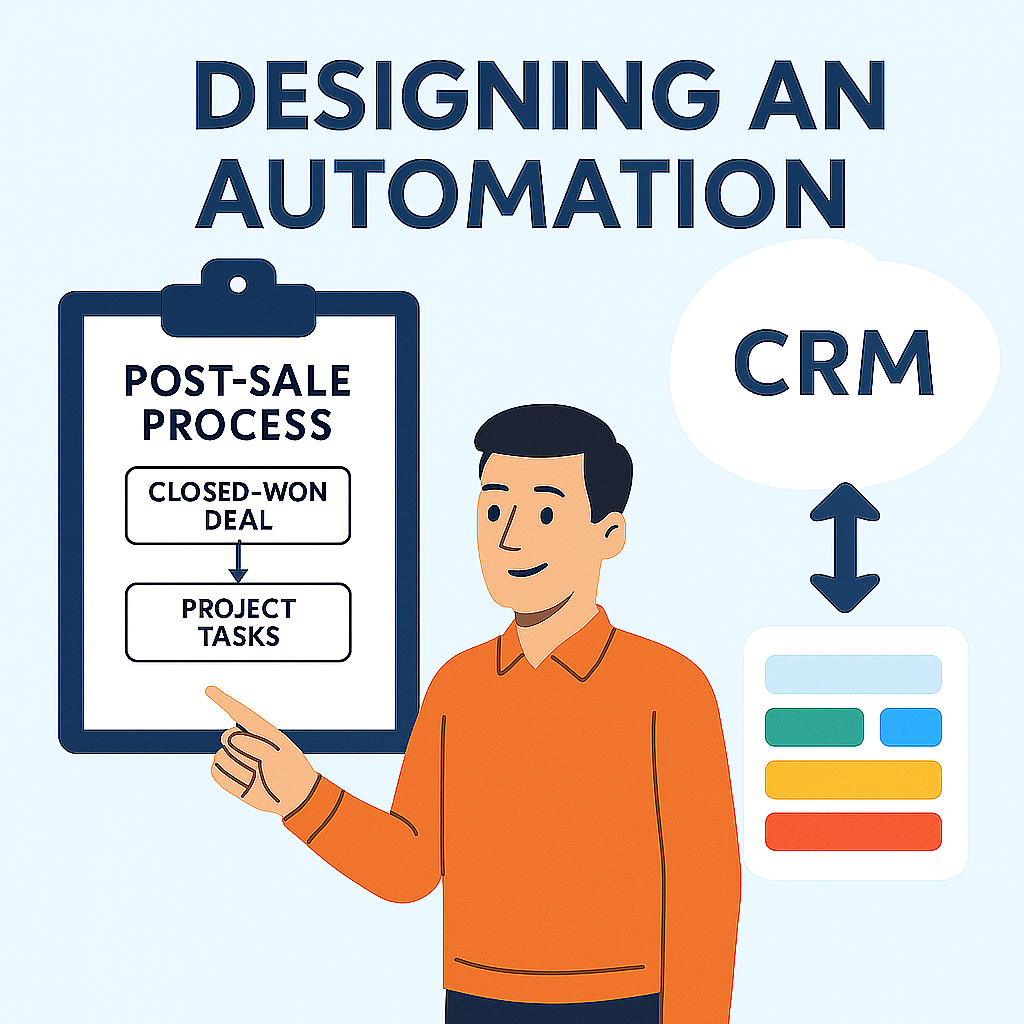
How to Design a Seamless Workflow Between monday.com and Salesforce
Once you recognise the value of integrating monday.com with Salesforce, the next step is building a workflow that aligns with your business processes. The goal isn’t to force-fit your team into new tools, but to design an automation that complements your existing workflow.
Start with the Process, Not the Tools
Begin by mapping out your ideal post-sale journey. Ask questions like:
- What happens when a deal is marked as Closed-Won?
- Who needs to be notified?
- What tasks need to be created?
- What client information should be captured?
- How do we measure progress?
This exercise provides a blueprint for your integration.
Define Your Data Flow
Identify what information needs to move between Salesforce and monday.com, and in which direction. For example:
- From Salesforce to monday.com: client name, contact details, products/services sold, key dates.
- From monday.com to Salesforce: project status, milestone updates, risks flagged.
Use custom fields in both systems to standardise how data flows. Consistency is critical for automation.
Automate Key Steps
Use tools like Make or Zapier to automate tasks such as:
- Creating a new monday board from a template when a deal is won.
- Populating the board with relevant project info.
- Assigning team members and setting deadlines.
- Sending notifications to internal stakeholders.
- Updating Salesforce with project status at defined milestones.
Templates for Repeatable Success
One of the biggest time savers is using project templates in monday.com. These can include:
- Predefined task lists.
- Milestones with deadlines.
- Automations to trigger reminders and handoffs.
Every new project kicks off with the same structure, ensuring quality and reducing onboarding time.
Keep It Simple and Test Often
Don’t try to automate everything at once. Start with a simple use case, test it thoroughly, and expand once it's proven. Maintain clear documentation so everyone understands the workflow.
Foster Team Adoption
Workshops and walkthroughs help teams understand how and why the system works. Involve users in the design phase to ensure it supports their day-to-day responsibilities.
Conclusion
A seamless workflow between Salesforce and monday.com turns your sales pipeline into a delivery engine. With the right strategy, tools, and mindset, you’ll create a system that enhances collaboration, saves time, and scales effortlessly as you grow.
In our next blog, we'll explore best practices and common pitfalls to avoid when integrating these platforms.
Ready to Connect Your Sales and Delivery Teams?
If you’re looking to integrate Salesforce and Monday.com for smoother project delivery and better team alignment, we can help.
Book a free strategy call to explore how integration could work for your process, your tools, and your team. Or click here to learn more about Monday.com (affiliate link) and see how it can transform your project workflows.
Let’s simplify your systems so your team can focus on what matters: delivering results.
